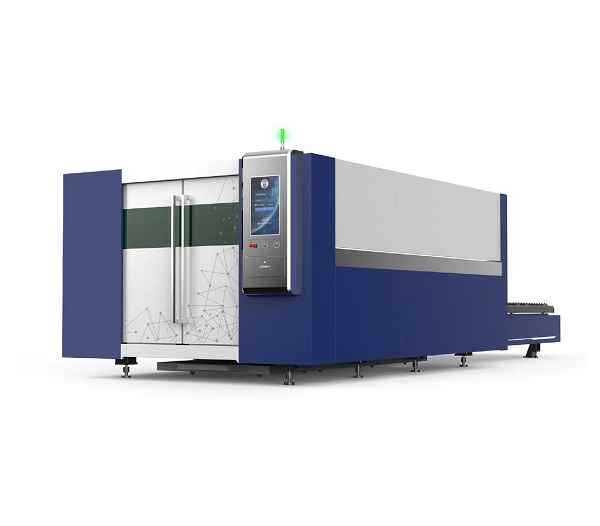Why Can a Precision Laser Cutting Machine Deliver High-Quality Cuts?
A precision laser cutting machine achieves clean, accurate cuts not because of raw power, but due to tight control over multiple interrelated factors. For users working with thin metals, medical components, or electronics housings, understanding these factors helps in selecting the right system for consistent quality.

Beam Quality Matters Most
The key enabler is high beam quality (low M² value, typically <1.1). A near-diffraction-limited beam can be focused to a very small spot—often under 20 microns—delivering high energy density without excessive heat input. This minimizes the heat-affected zone (HAZ) and prevents warping in thin or heat-sensitive materials.
Stable Motion and Focus Control
Even the best laser source won’t help if the motion system lacks precision. High-end precision laser cutting machines use linear motors or high-resolution servo drives with real-time position feedback. Combined with automatic focus adjustment (via capacitive or optical height sensors), they maintain consistent standoff distance—even on slightly warped sheets.
Process Gas and Nozzle Design
Assist gas (usually nitrogen or oxygen) isn’t just for blowing molten material away. In fine cutting, gas purity, pressure stability, and nozzle geometry directly affect edge smoothness and dross formation. Small-diameter nozzles with laminar flow reduce turbulence, yielding cleaner kerfs.
Closed-Loop Monitoring (in Advanced Systems)
Some machines now integrate coaxial vision or plasma monitoring to detect cut quality in real time. If piercing fails or the cut starts to deviate, the system can pause or adjust parameters—critical for unattended operation.
When evaluating a precision laser cutting machine, request a demo with your actual material and thickness. Measure kerf width, edge roughness, and repeatability across multiple parts. The best system isn’t the fastest—it’s the one that reliably meets your quality specs with minimal post-processing.
Recent Posts
- What are the advantages of laser welding machines in lithium battery pack production lines?
- What issues should be noted when choosing a lithium battery pack production line?
- Quality Inspection and Control of Lithium Battery Module Pack Production Line
- Cell grouping and sorting process in lithium battery module pack production line
- What are the safety hazards of lithium battery pack production lines and how can they be prevented?
INQUIRY

